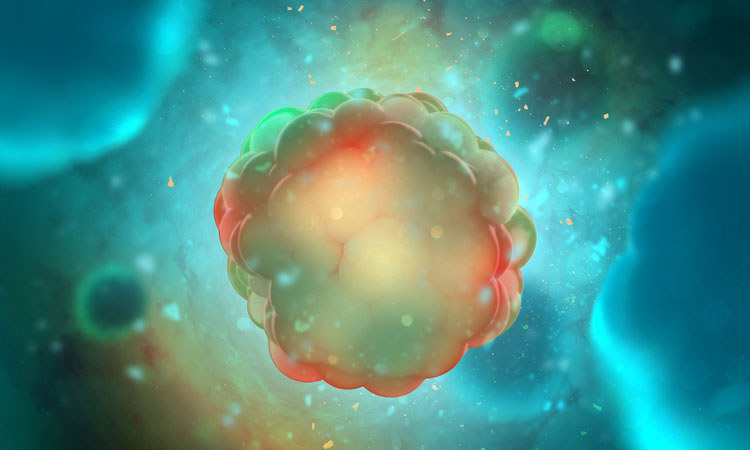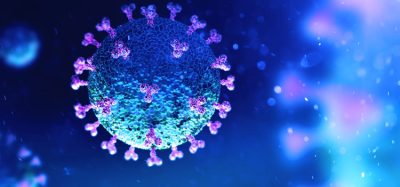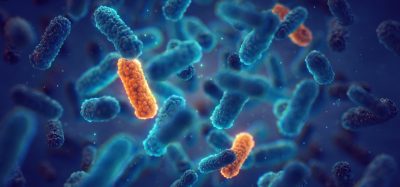Process that immune cells use to detect infections and cancers discovered
Posted: 10 January 2020 | Rachael Harper (Drug Target Review) | No comments yet
Researchers have discovered how gamma-delta T cells become activated which could lead to the development of new and improved immunotherapy treatments.


In a new study, researchers have announced that they have discovered how gamma-delta T cells become activated.
The study from University of Melbourne’s Marc Rigau, PhD student at the Doherty Institute, was co-led by Dr Adam Uldrich, a Senior Research Fellow at the Doherty Institute, Professor Dale Godfrey a laboratory head at the Doherty Institute, and Dr Andreas Behren, a Laboratory Head from the CSL Limited.
Gamma-delta T cells are known to respond to the presence of small molecules, known as phosphoantigens, that are produced by bacteria and cancer cells, Dr Uldrich explained. “This leads to the activation of these gamma-delta T cells and often eradication of the diseased cells.”
“Up until now, scientists have struggled to understand the fundamental question of how phosphoantigens are detected by gamma-delta T cells,” Professor Godfrey added. “We found that molecules on the surface of the gamma-delta T cells, called T-cell receptors, bind to another molecule called butyrophilin 2A1 that is present on many different cell types throughout the body, including cancer cells.”
“These findings represent a key advance in our understanding of how gamma-delta T cells function to protect us from disease,” Dr Behren added. “The research team believes that this breakthrough could ultimately lead to the development of new and improved immunotherapy treatments for millions of people worldwide impacted by cancer and infection.”
“This research project demonstrates the power of collaboration between academia and industry. Nearly a decade ago, we identified Butyrophilin 2A1 as a potential therapeutic target but its precise biological function remained elusive,” continued Dr Con Panousis, Senior Director Molecular Biology, CSL Limited and an author on the paper.
“This discovery makes a significant contribution to our understanding of how gamma-delta T cells work and in doing so, paves the way for translating this research into new immunotherapies for the treatment of serious human disease.”
The study was published in Science.
Related topics
Drug Targets, Immunology, T cells
Related organisations
CSL Limited, Olivia Newton-John Cancer Research Institute, Peter Doherty Institute for Infection and Immunity, University of Melbourne
Related people
Dr Adam Uldrich, Dr Andreas Behren, Dr Con Panousis, Marc Rigau PhD, Professor Dale Godfrey








